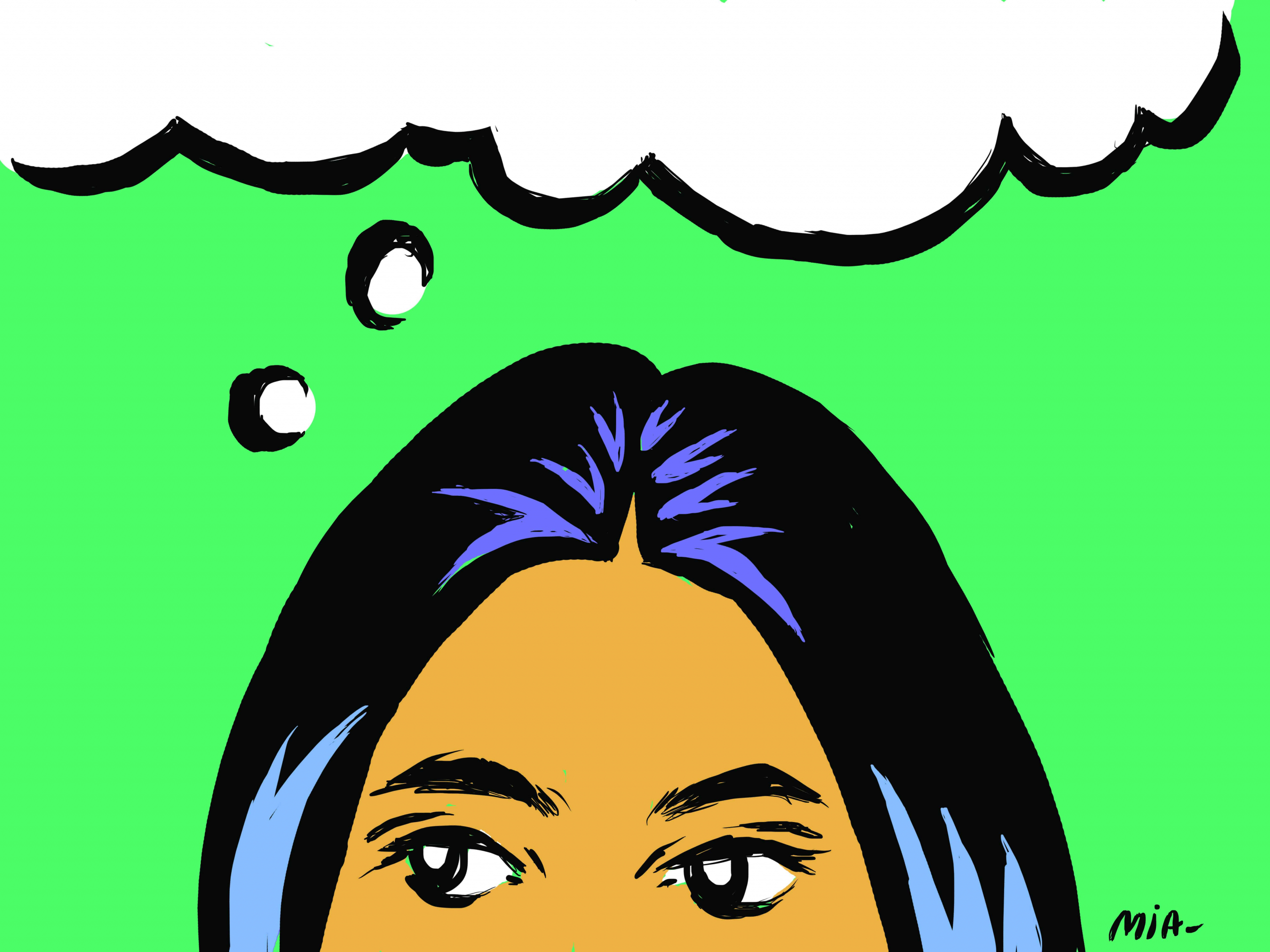Picture the snack aisle of your local grocery store. Before you start planning your next meal, pay attention to what your eyes are doing as you bring up this mental image. You will likely notice that your eyes are moving around as you visualize different features of this scene. A new study published in Cerebral Cortex suggests that attempts to remember visual scenes benefit from the re-enactment of eye movement patterns.
Researchers from the Rotman Research Institute at Baycrest tracked the eye movements and brain activity of participants as they repeatedly viewed and later recalled complex visual scenes. They found that patterns of eye movement positively correlated with more vivid memorization and recall.
Specifically, eye movement patterns during recall represented a similar but condensed version of eye movement during original observation. To put that in grocery aisle terms: when you picture the chip section of your local snack shack, your eyes replay the critical motions that occurred when you initially scanned the shelf.
The phenomenon was first proposed in 1949 by Donald Hebb, a renowned Canadian psychologist who was influential in the field of neuropsychology.
Hebb suggested that we engage with mental images the same way we engage with the objects of our perception. We use our eyes to shift attention to different features while piecing together a coherent picture.
Before you start frantically shifting your eyes in an attempt to retrieve answers on your next exam, there are two things to note.
First, it remains unclear whether these results extend to text-based memory retrieval. “[Although] our results would be expected to extend to text-based memories if the text is memorized as part of an image of the page or screen… we have no direct evidence to support this conjecture,” wrote Michael Bone, lead author and U of T PhD student, in an email to The Varsity.
Second, it is unclear whether a deliberate eye movement can facilitate memory. “The current study and most previous studies do not investigate deliberate fixation reinstatement,” said Bone. “The participants are generally unaware that they are reinstating their fixations during imagery, and they are not instructed to do so… We have a study coming up that will directly address the causal question.”
Nevertheless, these results have great practical implications for memory assessment. Because scene-specific eye movements emerge during visualization, this motion can be used as a proxy for neural activity and memory function in some contexts. Bone said that it is possible that easy-to-use and inexpensive eye-trackers could eventually replace expensive MRI machines.
“Eye tracking technology… could detect memory decline associated with the early stages of dementia based on eye-movement irregularities detected while driving, inform the user (after they have parked), and provide the option to send the relevant data directly to their physician,” wrote Bone.
With strong potential for clinical applications, this research is certainly worth keeping an eye on.


